History of the first electric guitar
Welcome to an electrifying journey through the evolution of electric guitars! These iconic instruments have been shaping the soundscape of modern music for decades. With their roots in acoustic tradition and their future firmly in innovation, electric guitars are more than just musical tools—they’re cultural icons. From the early days of amplification to today’s high-tech marvels, electric guitars continue to inspire musicians and captivate audiences worldwide.
The Acoustic Roots: Birth of the Guitar

Before electric guitars rocked the world, their acoustic ancestors were strumming their way into history. The guitar’s origin traces back to the early 16th century in Spain, where it evolved from the lute and vihuela. During the Renaissance, these instruments were the choice of many troubadours. The acoustic guitar’s warm, resonant tones made it a staple in folk music, setting the stage for future electrification.
Early Innovations: The Quest for Louder Instruments
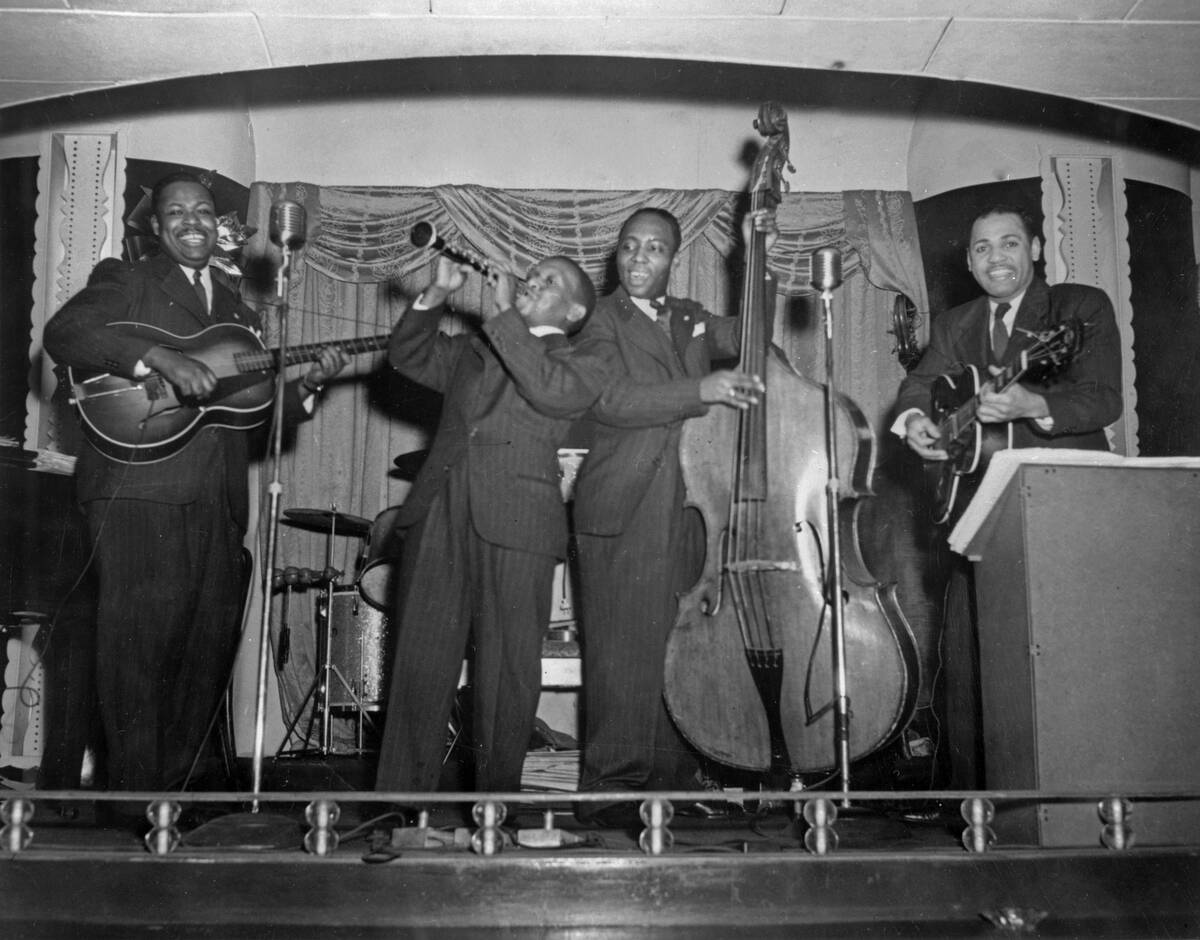
Musicians have always sought ways to amplify their sound, especially in larger venues. In the early 20th century, jazz and blues bands needed more volume to compete with brass and percussion. This demand led to the development of resonator guitars, which used metal cones to increase sound output. These early innovations laid the groundwork for the electric amplification that would soon transform the music industry.
The Jazz Age and the Need for Amplification
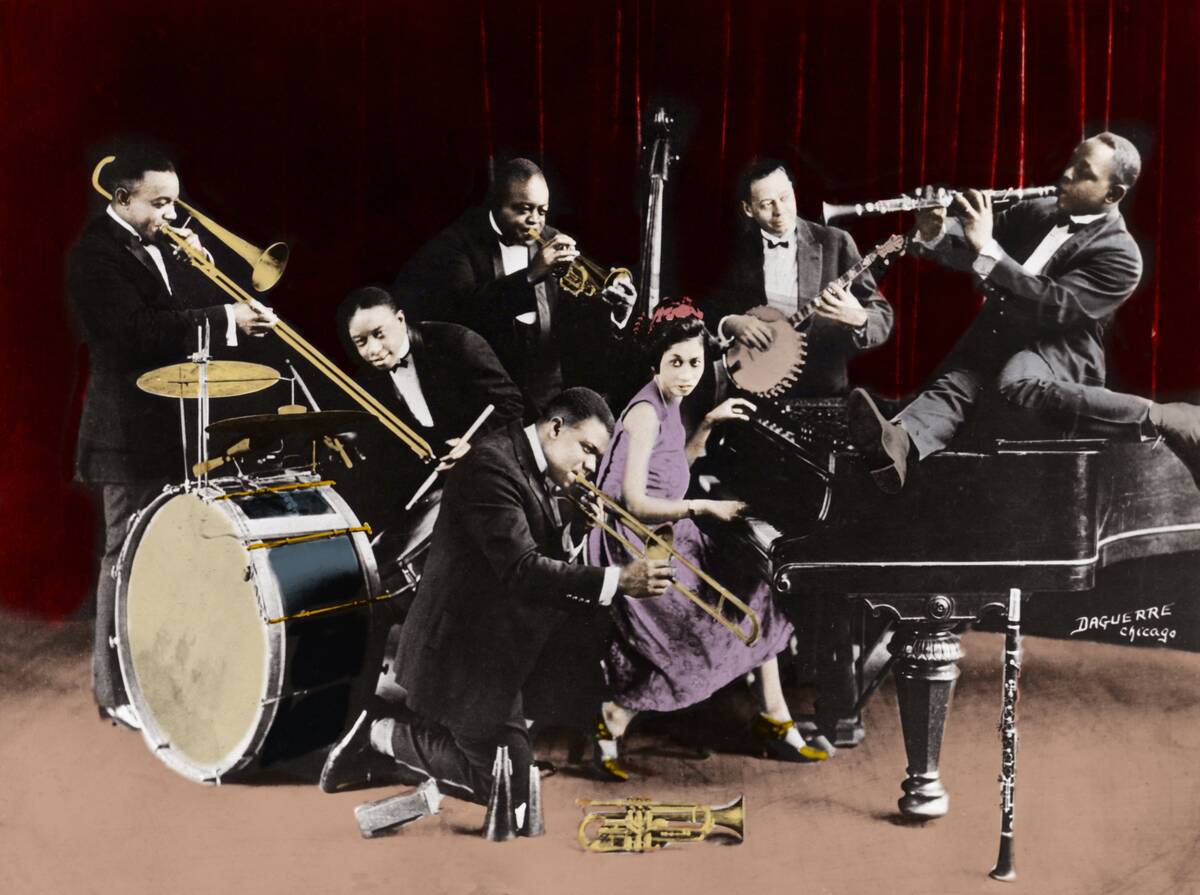
The roaring twenties jazz scene was bustling with energy and innovation. As jazz orchestras grew, so did the need for guitars to be heard over the ensemble. Amplification became essential, and musicians experimented with attaching microphones to their instruments. This period marked the beginning of a transformative journey, where the quest for volume would lead to groundbreaking technological advances in the electric guitar.
Enter the Electrified Era: 1920s and 1930s
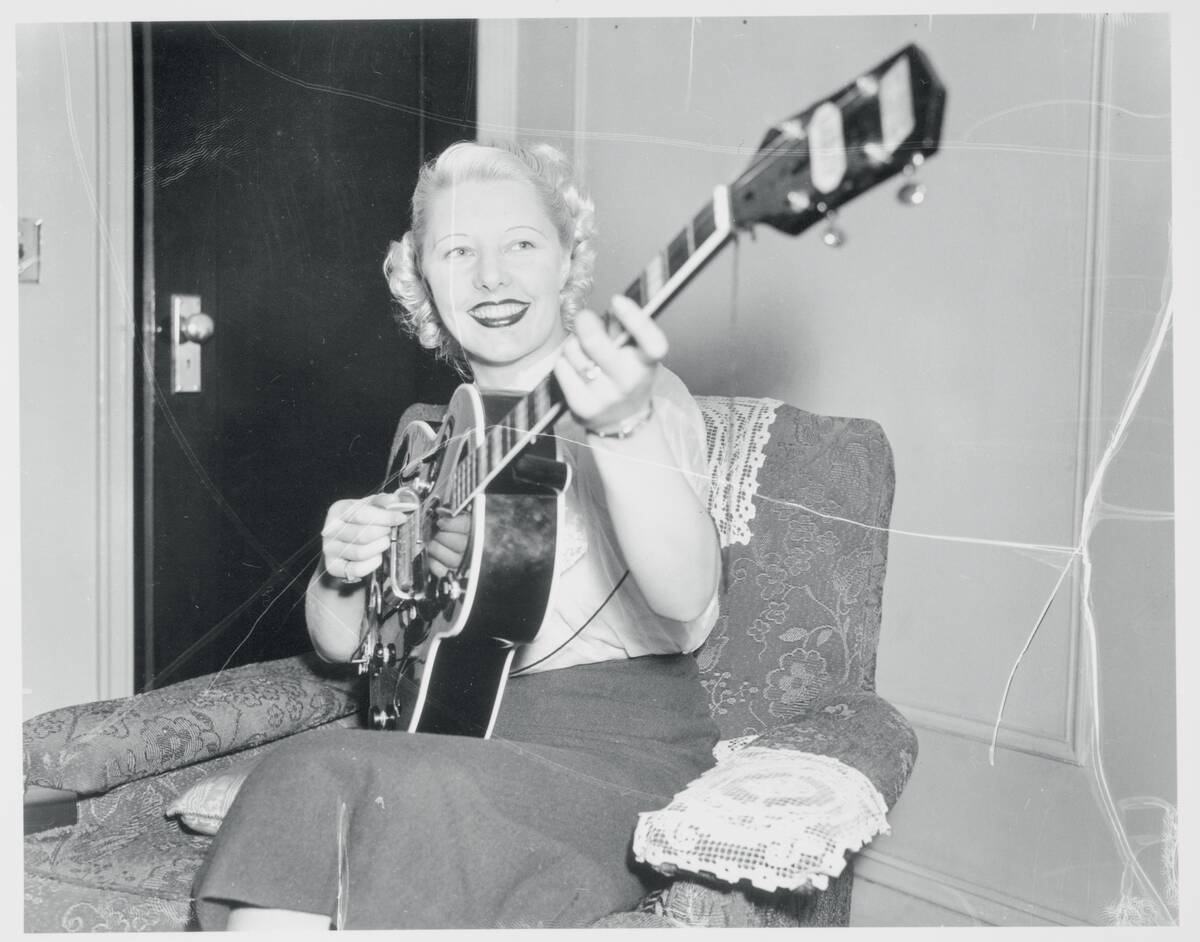
The 1920s and 1930s were a pivotal time for guitar innovation. The first electric guitars began to emerge, blending traditional craftsmanship with modern technology. Companies like Gibson and Epiphone started exploring electric amplification, paving the way for the iconic sounds of the future. These early electric guitars were a revelation, offering musicians the power to project their music in ways previously unimaginable.
The Role of Radio in Popularizing Electric Sounds
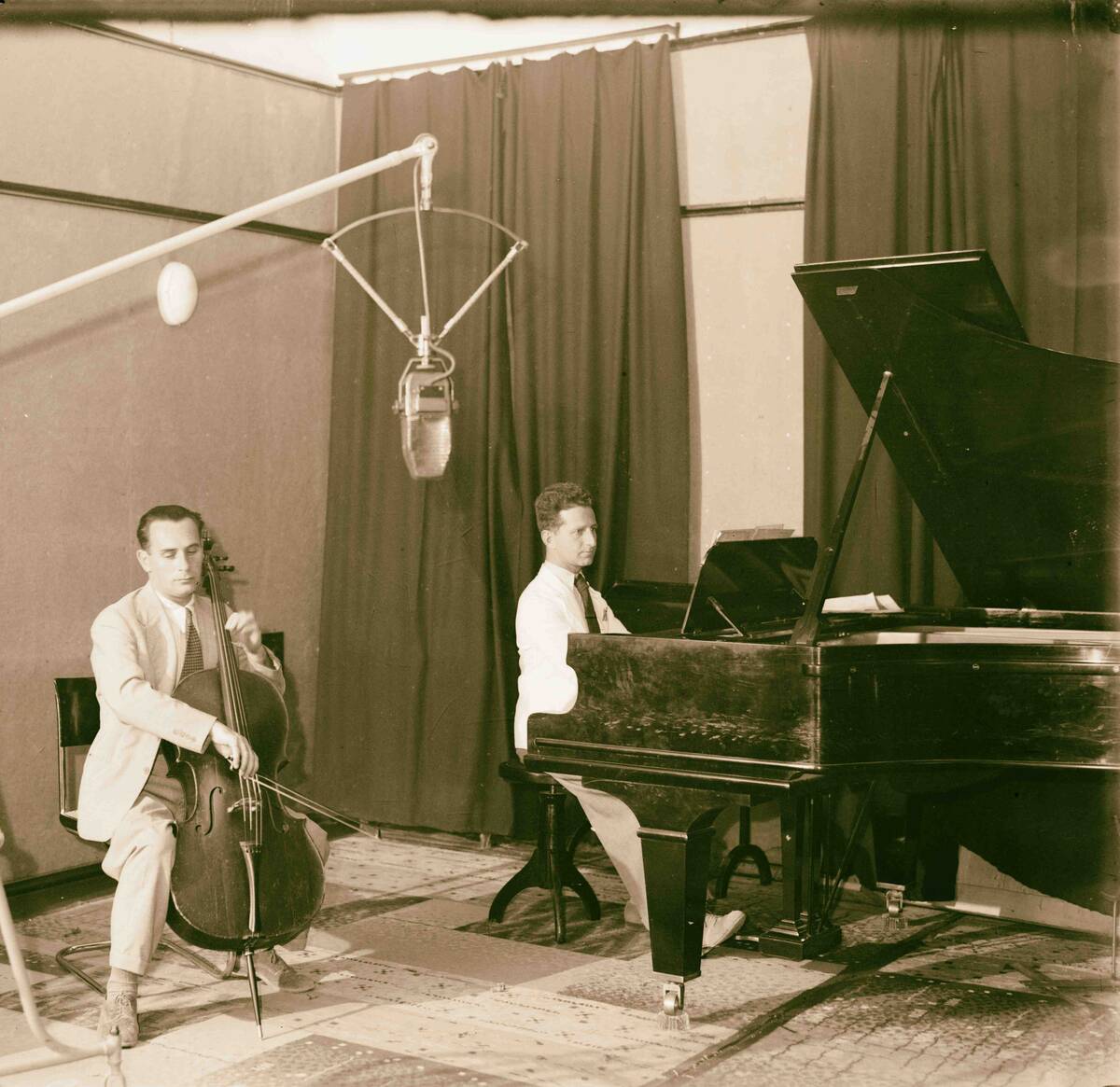
Radio revolutionized the way music was consumed, allowing electric guitar sounds to reach a broader audience. In the 1930s, radio stations began broadcasting live performances, and the electric guitar’s amplified tones became a hit. This exposure helped popularize the instrument, as listeners were enthralled by its novel sound. The electric guitar quickly became synonymous with the exciting and evolving music of the era.
George Beauchamp: The Pioneer with a Vision
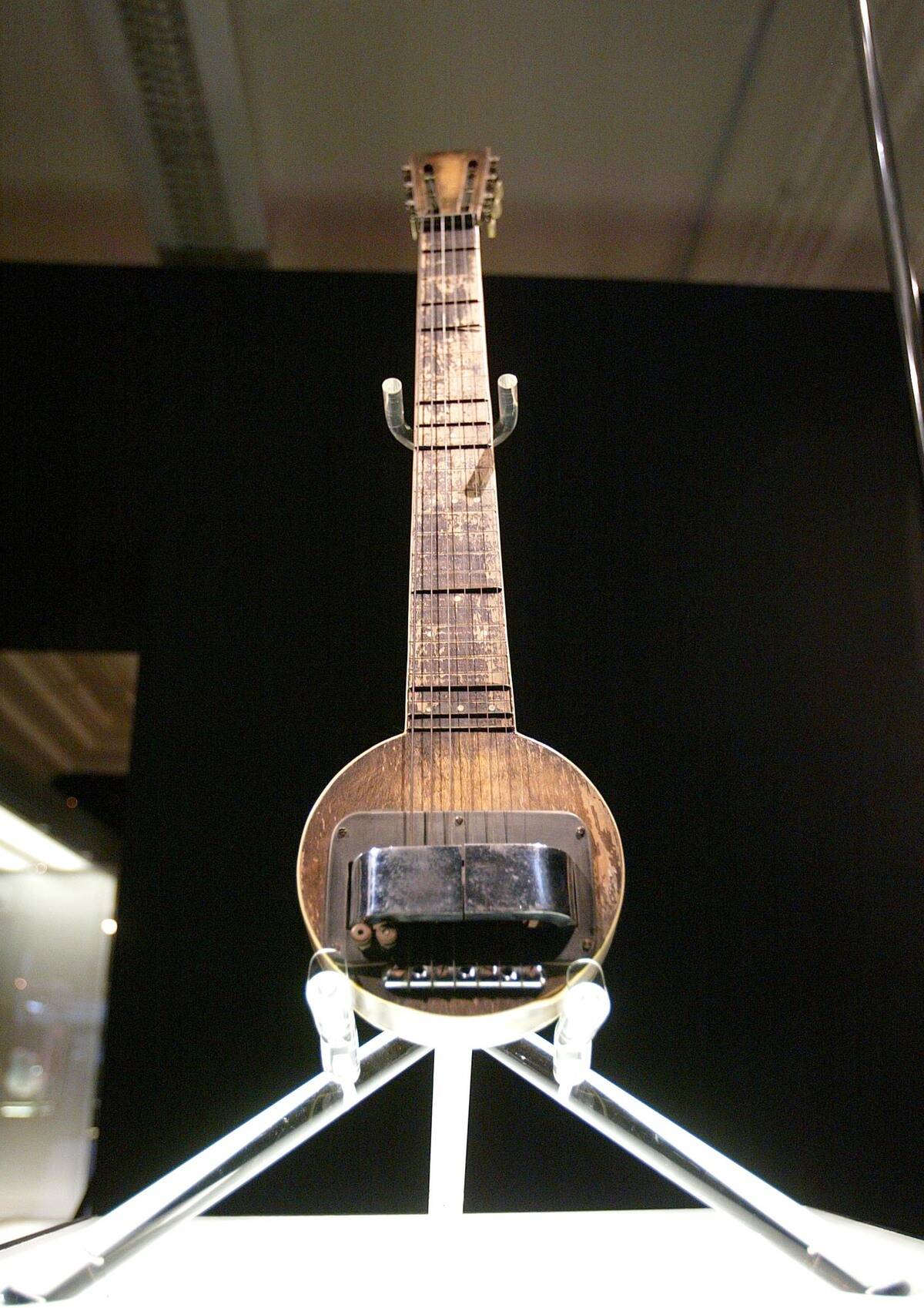
George Beauchamp was a visionary in the world of electric guitars. As a musician and inventor, he co-founded the National String Instrument Corporation and later the Rickenbacker company. In the early 1930s, Beauchamp’s experiments with magnetic pickups led to the creation of the first commercially successful electric guitar. His work laid the foundation for future innovations that would change the music industry forever.
The Creation of the Rickenbacker “Frying Pan”

The Rickenbacker “Frying Pan” was a groundbreaking invention in guitar history. Created in 1931, this lap steel guitar was the first to use a magnetic pickup to convert string vibrations into electrical signals. Its unique circular body shape earned it its peculiar nickname. The “Frying Pan” was a hit among Hawaiian musicians and quickly gained popularity, marking the dawn of the electric guitar era.
How the “Frying Pan” Got Its Name
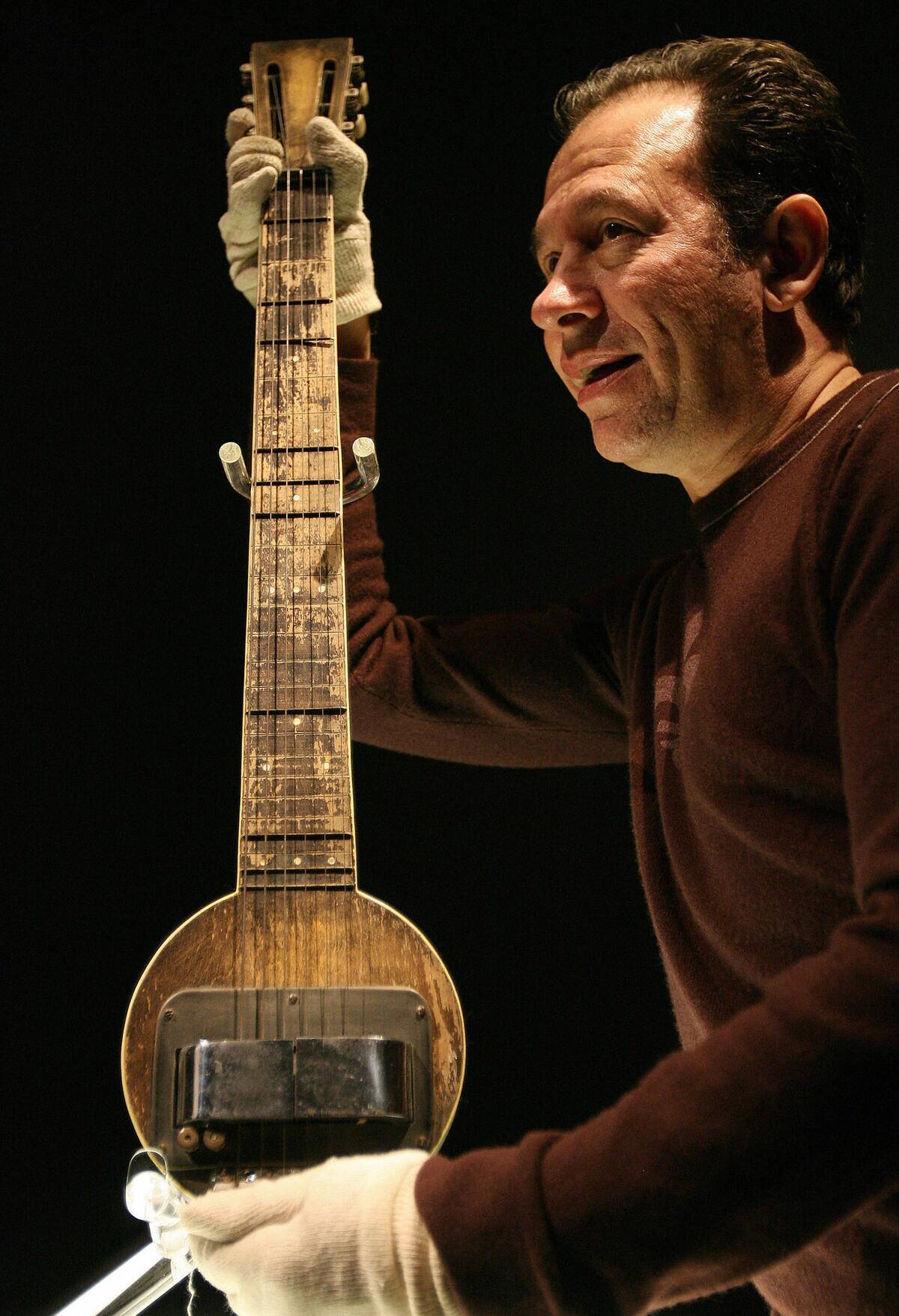
The “Frying Pan” got its name from its distinct appearance. With a long neck and a circular body, it resembled a common kitchen frying pan. This quirky design was not just for show; it was a practical solution for musicians seeking amplified sound. Despite its unconventional look, the “Frying Pan” became a celebrated innovation, capturing the imagination of musicians and paving the way for future electric guitar designs.
The First Performance: Electrifying Audiences
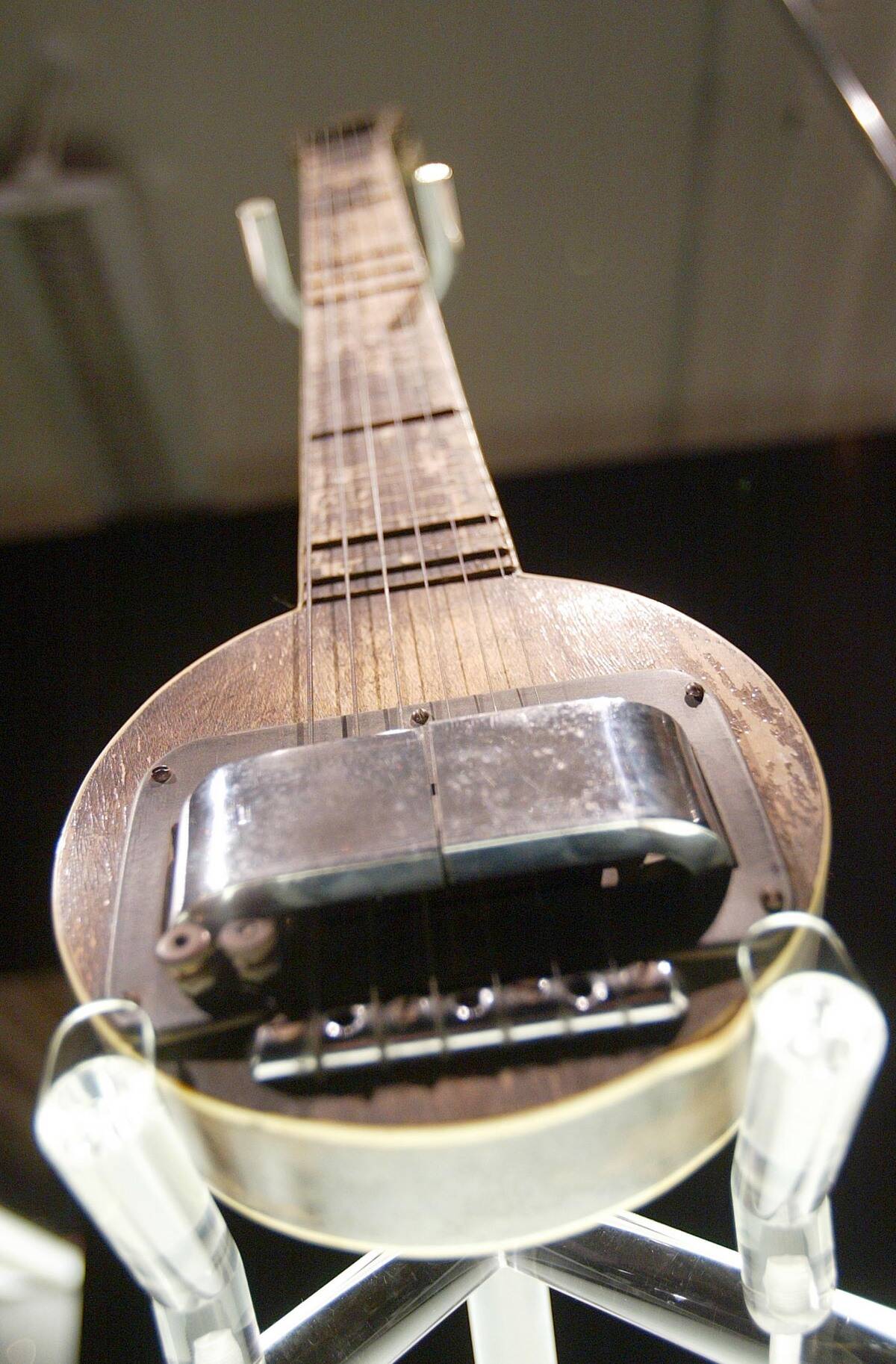
The first public performance of an electric guitar was nothing short of revolutionary. In 1932, guitarist Gage Brewer introduced the “Frying Pan” to audiences in Wichita, Kansas. The electrifying sound captivated listeners, who were amazed by its amplified volume and unique tone. This performance marked a turning point, demonstrating the potential of electric amplification and setting the stage for the electric guitar’s rise to prominence.
Les Paul’s Experiments with Sound
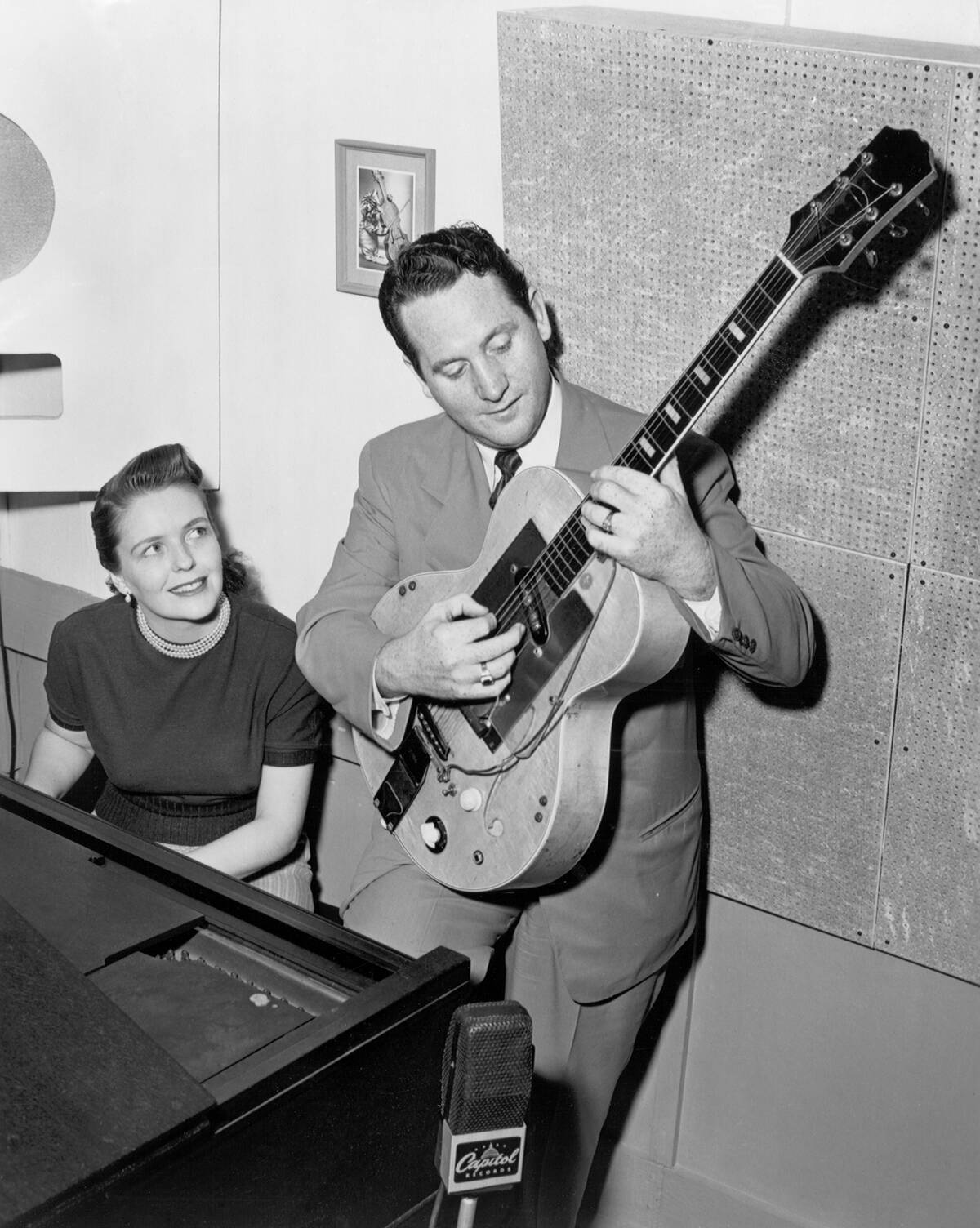
Les Paul was a musical innovator who pushed the boundaries of guitar sound. In the 1940s, he began experimenting with solid-body electric guitars, aiming for a cleaner tone and reduced feedback. His “Log” guitar, built from a 4×4 piece of wood, was one of the first solid-body prototypes. Les Paul’s pioneering work led to the development of the iconic Gibson Les Paul, a staple in the electric guitar world.
The Rise of Gibson and Fender
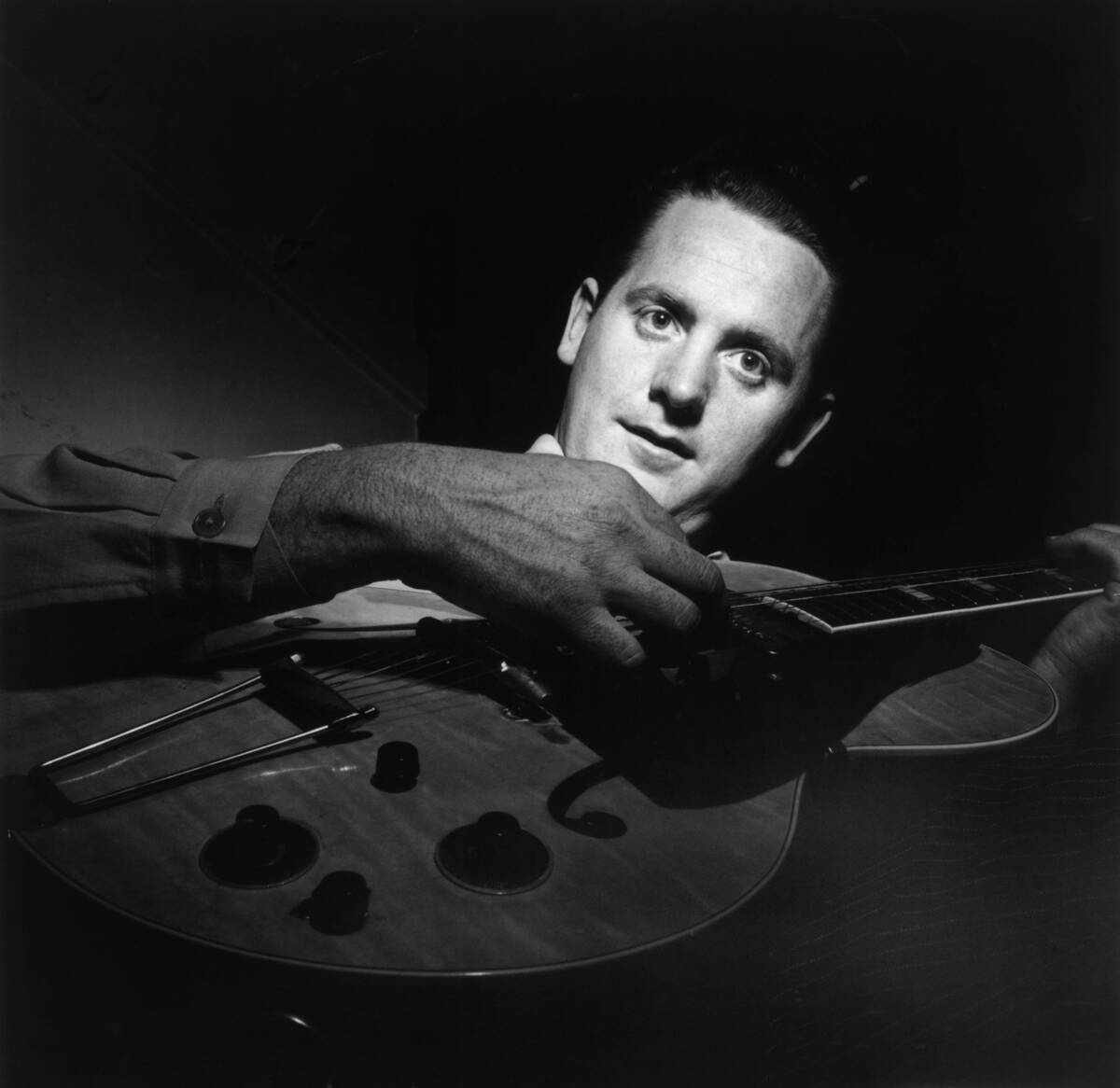
Gibson and Fender emerged as powerhouses in the electric guitar industry during the 1950s. Gibson’s Les Paul model offered a rich, versatile sound, while Fender’s Telecaster and Stratocaster models introduced sleek designs and bright, cutting tones. These brands revolutionized electric guitar construction and sound, setting standards that musicians and fans still celebrate today. Their rivalry sparked innovation and cemented electric guitars’ place in music history.
The Battle of the Brands: Gibson vs. Fender
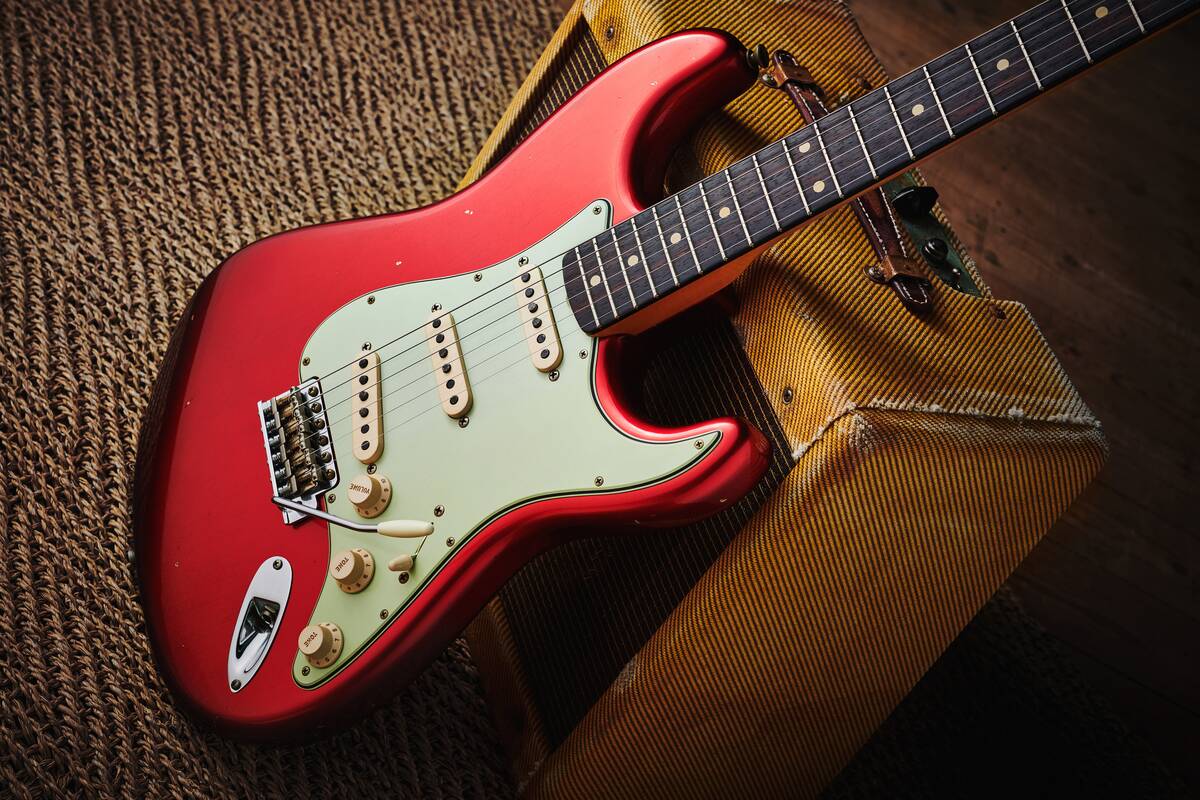
Gibson and Fender have long been the titans of the electric guitar world, each offering distinct sounds and styles. Gibson’s guitars are known for their warm, full-bodied tones, favored by rock and blues musicians. In contrast, Fender’s models deliver a crisp, clean sound popular in country and surf music. This rivalry fueled innovation, leading to iconic designs and a rich legacy that continues to influence guitarists across genres.
The Influence of the Electric Guitar on Music Genres
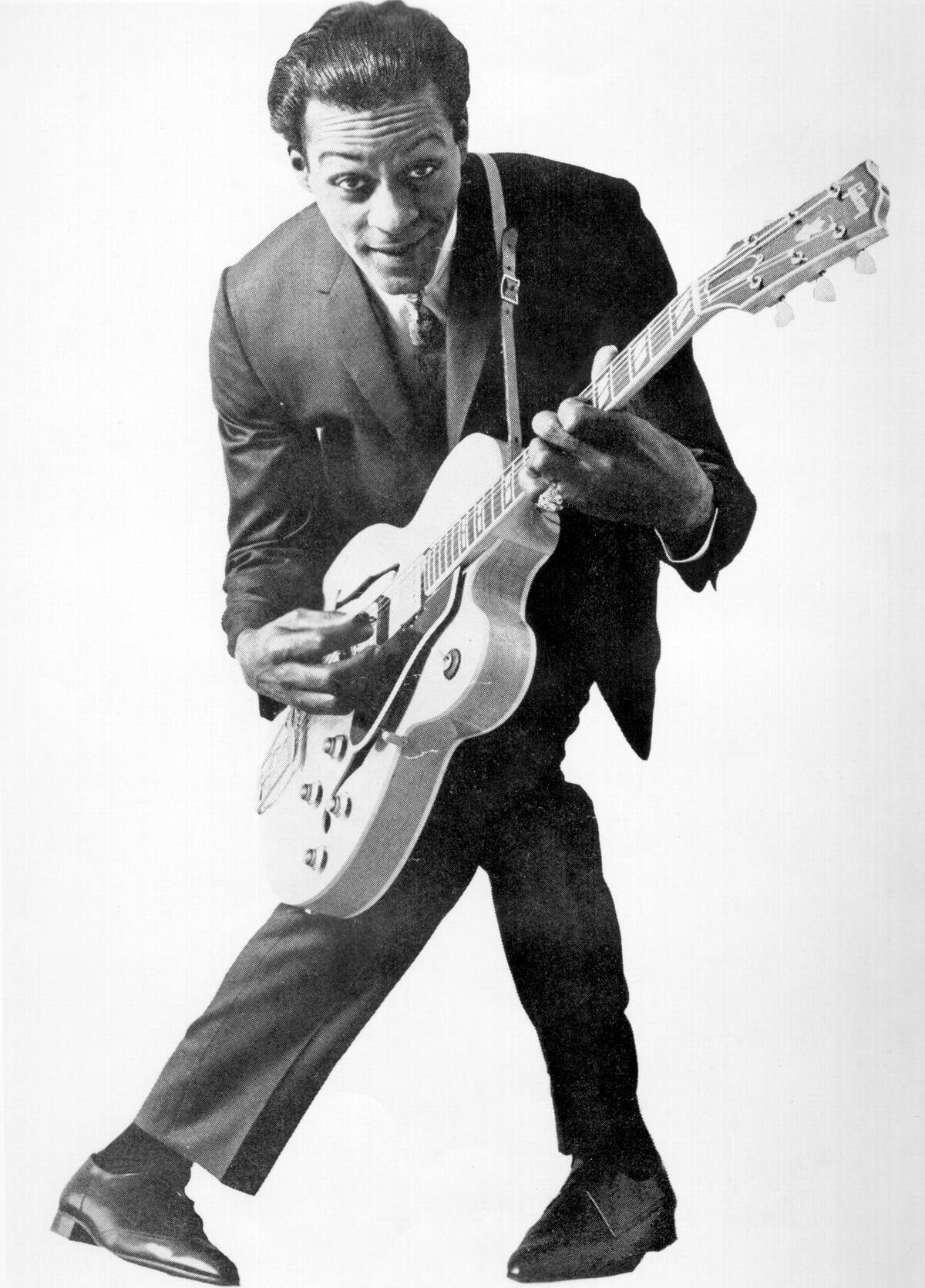
The electric guitar has left an indelible mark on countless music genres. Rock and roll’s rise in the 1950s and 60s was driven by the powerful riffs of electric guitars. Blues musicians found new expressions with amplified sound, while jazz guitarists embraced its versatility. Even pop, punk, and metal have been shaped by electric guitars, illustrating the instrument’s adaptability and its critical role in shaping music’s evolution.
The Electric Guitar in Pop Culture
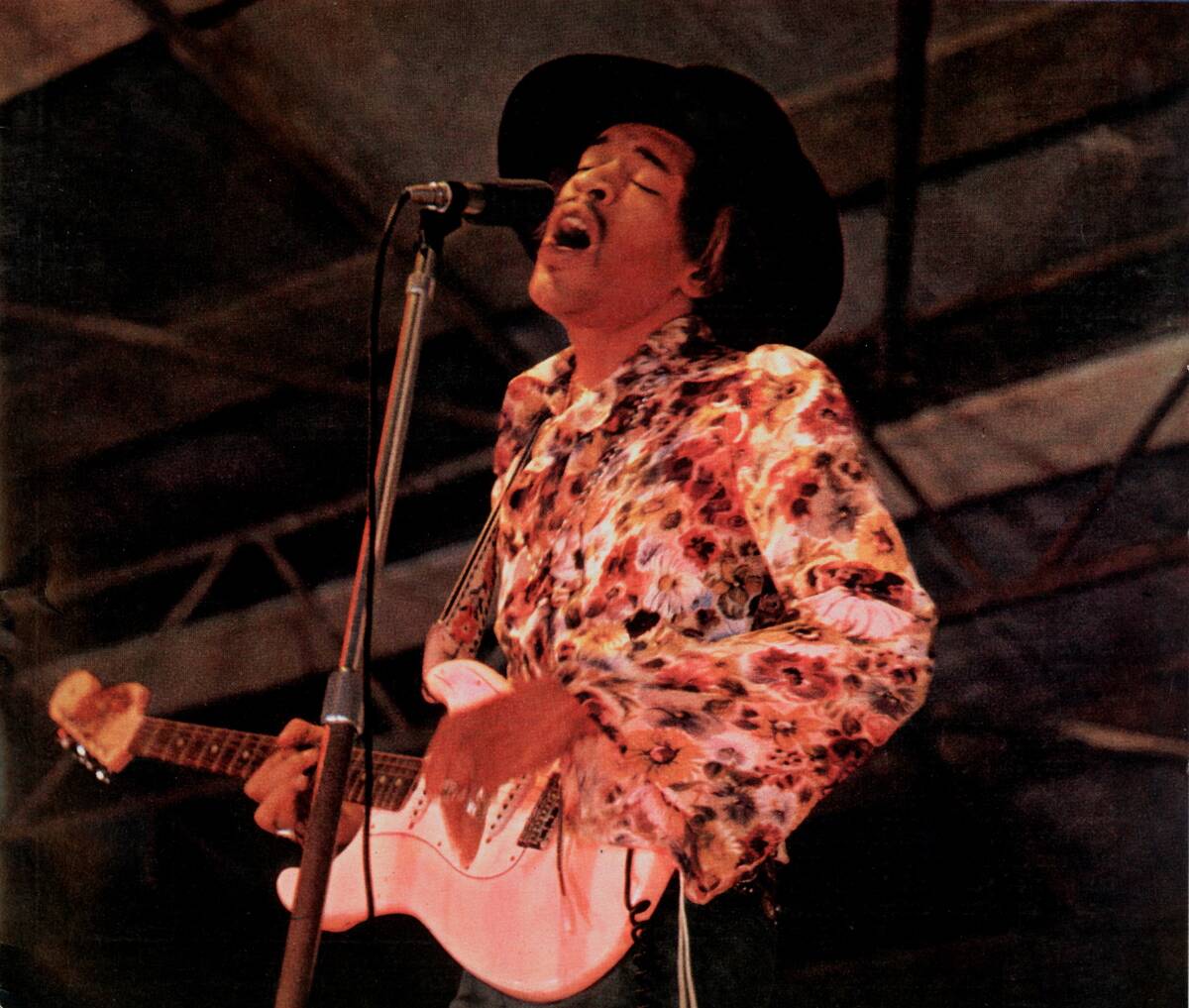
Electric guitars have become cultural icons, symbolizing rebellion and creativity. From iconic moments like Jimi Hendrix’s Woodstock performance to the image of a rock star smashing a guitar on stage, these instruments have transcended music. They’ve appeared in movies, art, and fashion, representing the spirit of innovation and individuality. The electric guitar’s presence in pop culture underscores its influence beyond music, becoming a symbol of modern artistry.
Famous Musicians and Their Iconic Electric Guitars
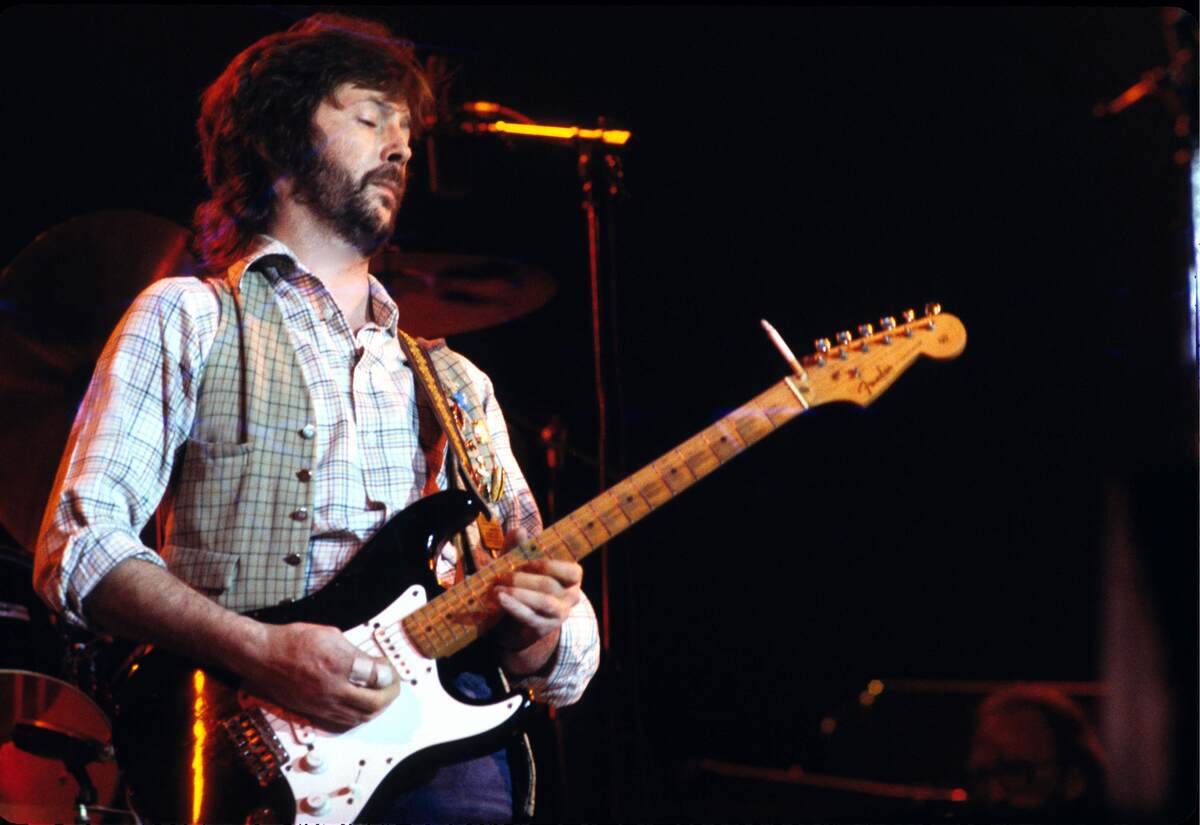
Many musicians are synonymous with their electric guitars, creating iconic pairings that have defined their careers. Jimi Hendrix’s Fender Stratocaster, Eric Clapton’s “Blackie,” and B.B. King’s “Lucille” are just a few examples. These instruments are beloved not only for their sound but also for their role in shaping the artists’ legacies. Each guitar tells a story, contributing to the musician’s unique sound and place in music history.
The Evolution of Electric Guitar Design

Electric guitar design has evolved dramatically since its inception. Early models focused on functionality and amplification, but today, innovation is key. Modern guitars feature advanced electronics, diverse materials, and ergonomic shapes, catering to varied musical styles. From classic solid-body designs to futuristic models with onboard effects, the evolution of electric guitars continues to reflect technological advancements and musicians’ ever-changing needs.
Collecting Vintage Electric Guitars: A Modern Passion
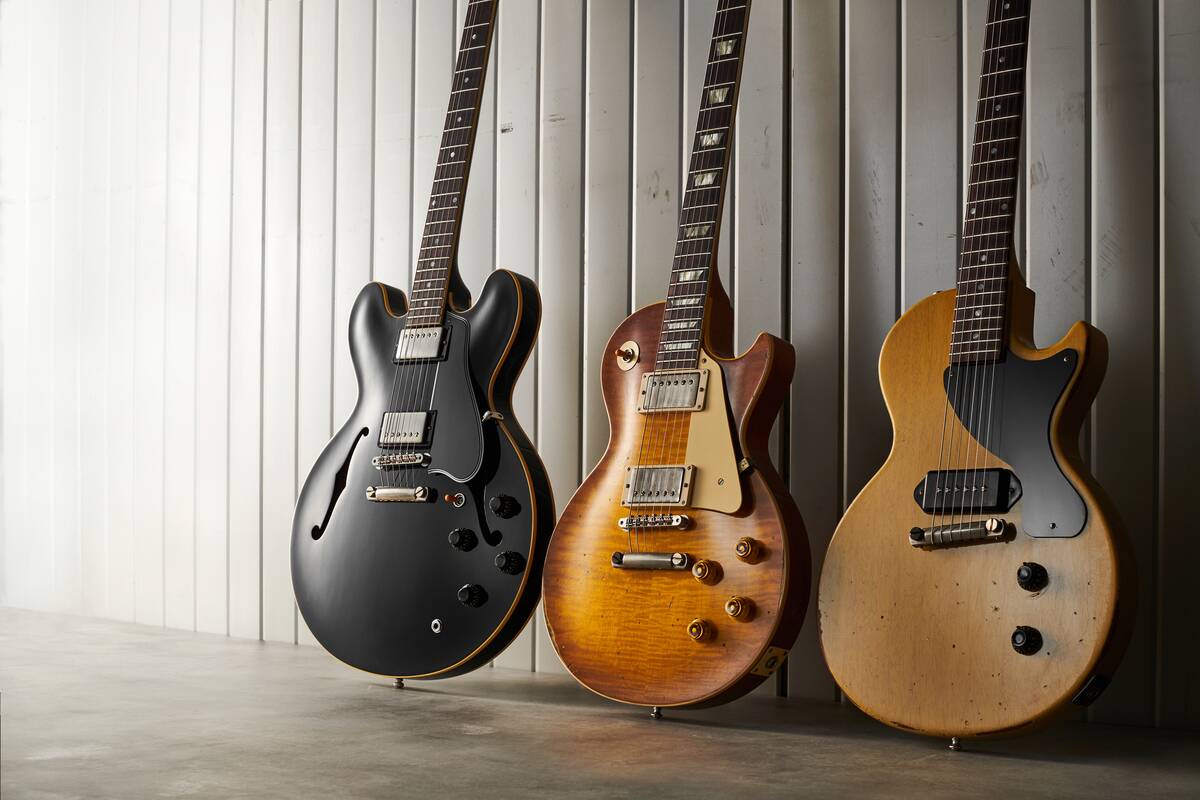
Collecting vintage electric guitars has become a passionate pursuit for many enthusiasts. These instruments are treasured for their craftsmanship, historical significance, and unique sound. Models from the 1950s and 60s, such as the Fender Stratocaster and the Gibson Les Paul, are particularly sought after. Collectors appreciate the nostalgia and rarity of these guitars, often considering them both investments and pieces of musical history.
The Electric Guitar Today: Advancements and Innovations
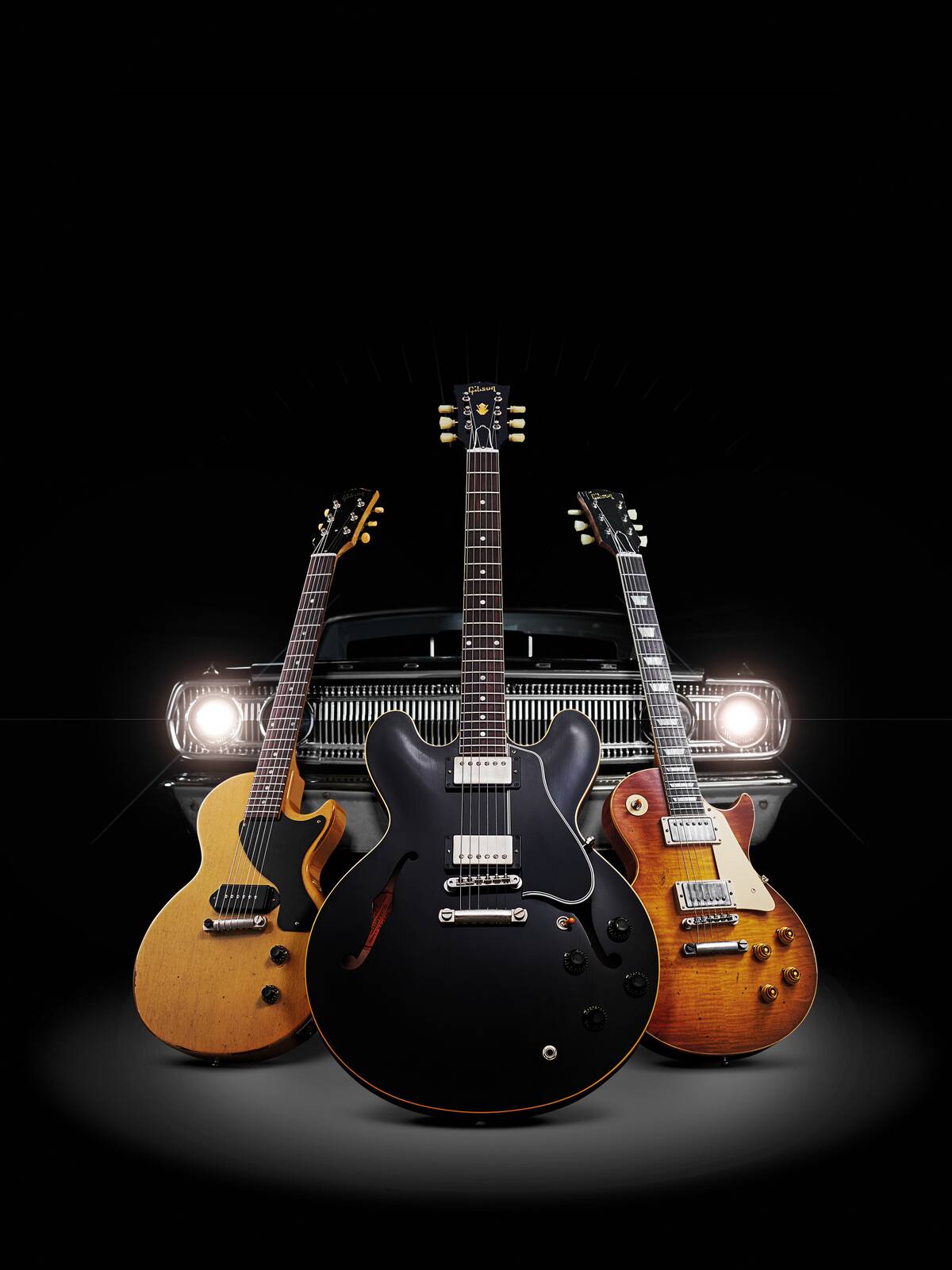
Today’s electric guitars are marvels of technology and design. Advances in materials, such as carbon fiber and sustainable woods, have made guitars lighter and more durable. Digital technology has introduced features like built-in effects and wireless connectivity, expanding the instrument’s capabilities. These innovations ensure that the electric guitar remains relevant and exciting, continuing to inspire musicians and audiences with its ever-evolving potential.
The Electric Guitar’s Enduring Legacy in Modern Music
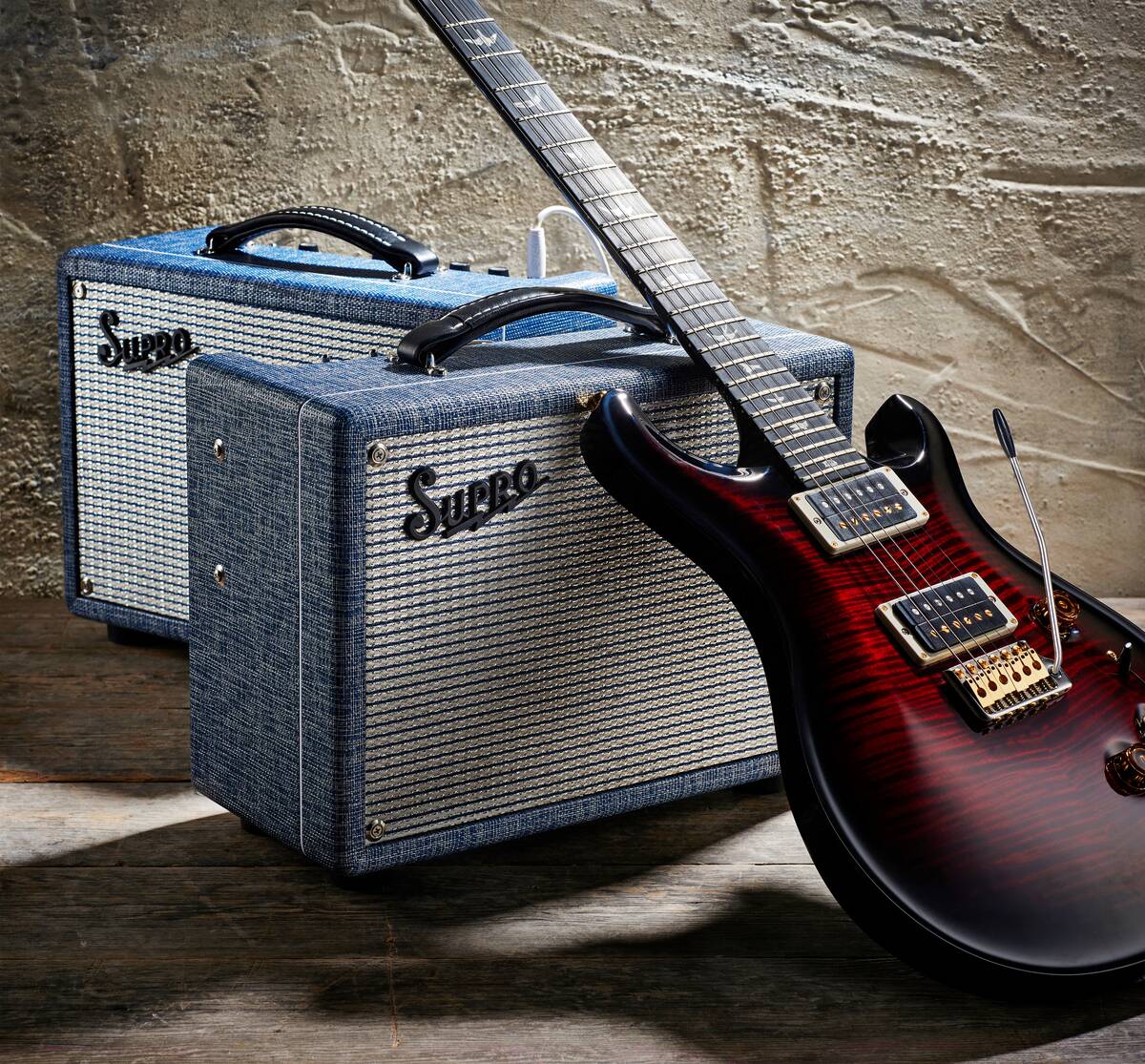
The electric guitar’s legacy in modern music is unparalleled. Its distinctive sound has shaped genres and inspired countless musicians. From its humble beginnings to its status as a cultural icon, the electric guitar remains a vital force in the music industry. As technology continues to advance, the electric guitar will undoubtedly adapt, inspiring new generations of artists and ensuring its enduring presence in the world of music.



